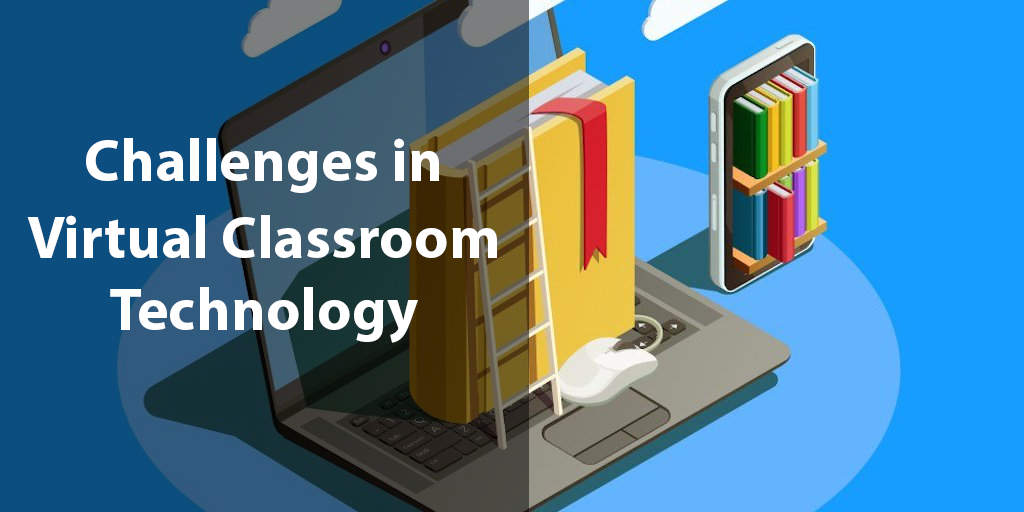A virtual classroom is a state-of-the-art way for students to learn new concepts and thoughts in a controlled environment. Students can use school software materials from any computer that can link to the Internet.
The teacher can connect to various accessories for the student in the live classroom. This module shows the teachers’ computer screen on the students’ devices and vice versa. A teacher and a student are in real-time contact. Students can contact teachers to clarify their questions and share materials for study.
Challenges in Virtual Classroom:
1.Putting money into the right technologies:
Remote work environments and virtual classes are the new trends. The latest technology, which allows efficiency, collaboration, and high-quality education, will benefit communities all over the world.
2. Teachers are dissatisfied with their current working conditions, which include:
In India, teachers are accustomed to teaching with chalk and speaking, which is a realistic way of expressing ideas, clarifying questions, and even teaching subjects like math and engineering.
Even though the faculty members interviewed come from schools with more money, not all of their students have high-speed Internet, iPods, tablets, or Android phones at home. Teachers are concerned that certain students will be forgotten.
Students, too, prefer captured videos on YouTube to virtual classes because they are unable to always participate at the scheduled time due to resource sharing with their families.
3. Safeguarding students on the Internet:
To detect patterns in behavior, a modern safeguarding solution should be able to track behavior both online and offline.
Schools should be able to easily record concerns if students are taught online or in the classroom.
Parents should be informed about remote safeguarding arrangements, and teachers should be informed about the specifics of any new programs or policies.
Finally, schools must know what to do if anything goes wrong, and teachers must know how to report grievances.
4. Distractions and how to handle them:
Dealing with distractions as an online student includes being more organized, creating a timetable, planning out assignments and projects each term, and avoiding procrastination. Creating a work-school-life balance plan will help you stay focused by allowing you to see a clear path to graduation.
5. After a Pandemic – The Future of Education:
As we consider the pandemic’s rapid spread and effect on online learning, I believe we must also consider a major question on everyone’s mind: how can people learn after the pandemic? Is it possible for online learning to take the place of traditional schooling? No, it will not, to put it bluntly.
While schools exist, I believe that teachers and students can learn much more effectively online. Math, science, and coding are all topics that can be taught or best-studied online. There are also difficult topics. However, the abilities that a student acquires in school are irreplaceable.
Only in a group environment can social skills, teamwork, and other essential skills like empathy be taught. We all have fond memories of time spent not only in the classroom but also in the corridors and on the playground.
Following the pandemic, blended learning, which combines the best of online and offline learning, would become the standard. For students, asynchronous aspects will be handled by online learning tools, while teachers and peer socialization will ensure that students learn synchronously as well. Finally, this form of education will ensure a child’s all-around, holistic development, which is crucial in the development of a responsible adult.
Sign up for a free 14-day trial of gegok12 here if you want to see how it can benefit you. Test and try GEGOK12 in your test set to see if it can assist you in overcoming virtual classroom challenges.

